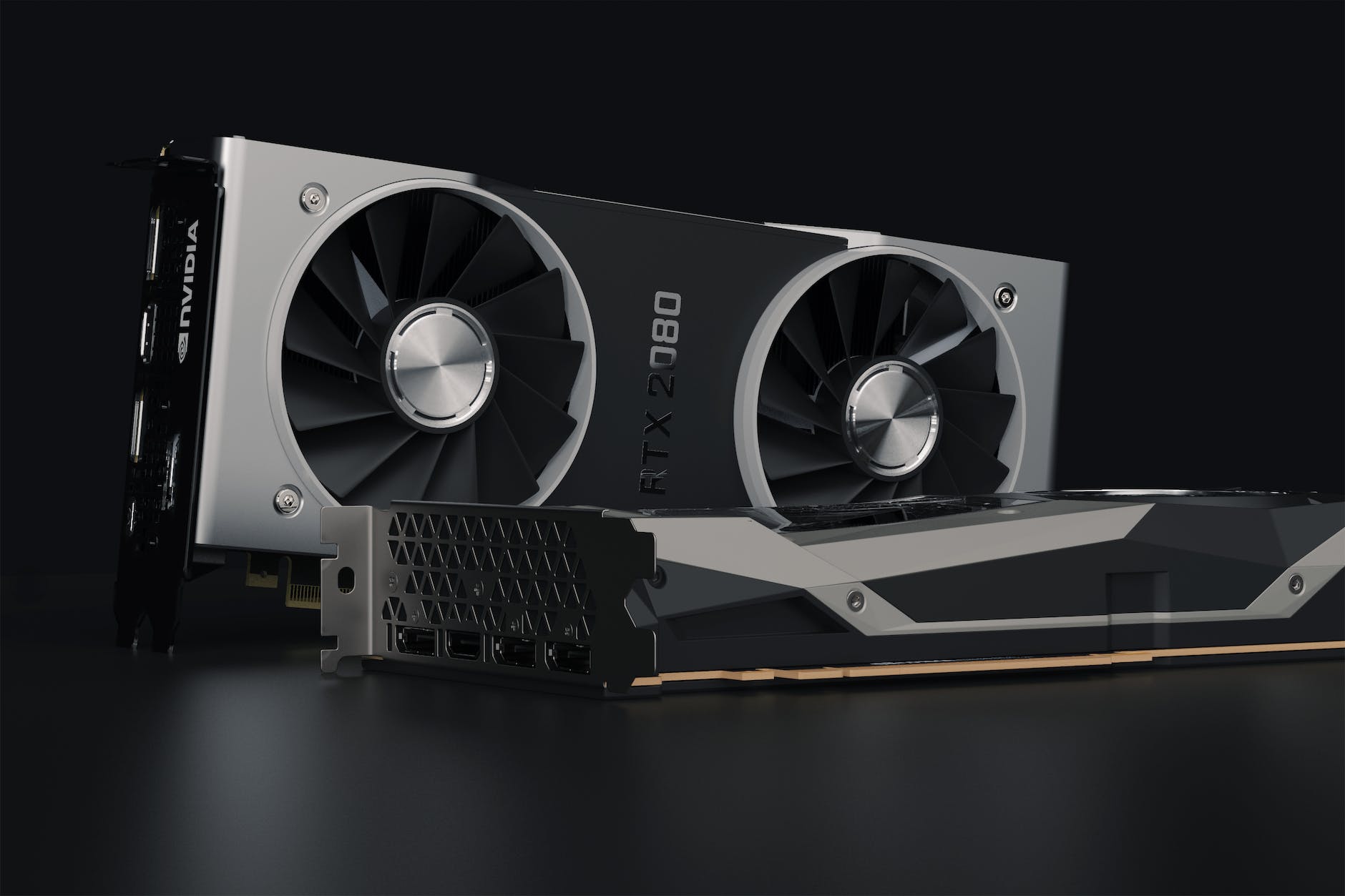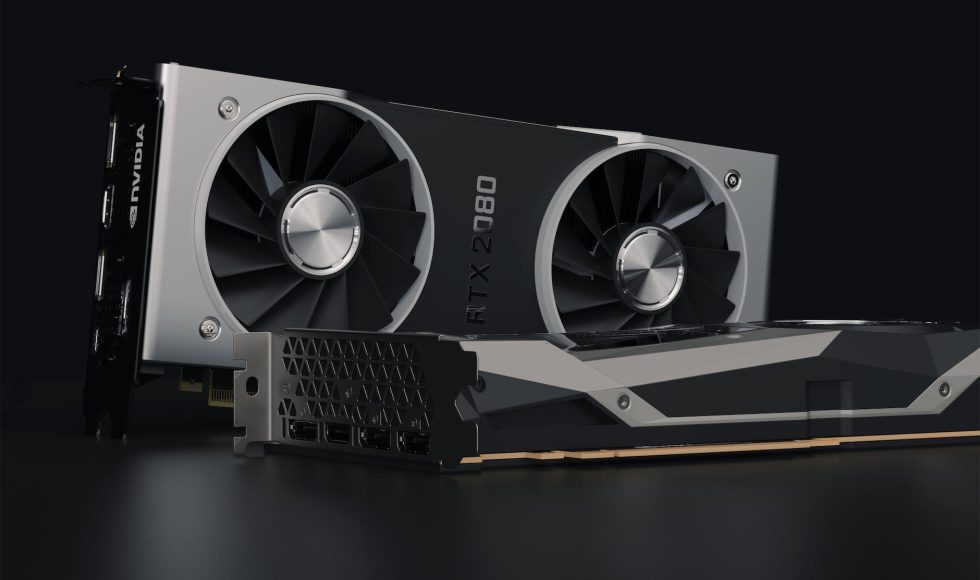Georg Kolling, a Principal Algorithms Scientist with Oxford Nanopore Technologies, presented at London Calling a session entitled “How we get the most out of GPUs (for sequencing).”They began with an overview of basecalling: interpreting the read sequence with machine learning as bases. For this, a deep neural network (deep learning) is used to approximate with high accuracy basecalling. Kolling noted that these algorithms are computationally intensive. GPUs are graphics processing units designed for graphics, often for video games. Kolling shared a table describing the evolution of GPU that led to improvements in natural learning algorithms. While realistically peak performance isn’t achieved, there is a massive improvement. There are some operations that are computationally intensive. New updates have helped the team improve performance. Kolling shared data supporting performance improvement. They also now support Apple GPUs. Now Dorado with default settings detects the batch size by default, for example. With Dorado, there is now better performance and upcoming support for duplex reads. Kolling concluded that the goal is to support “the best possible basecalls.” The software allows chunking to promote batch processing and effective use of resources. I am particularly interested in the incorporation of GPU use into MinKNOW. We are trying basecalling with software post-sequencing. The machine learning models continue to evolve and improve.



